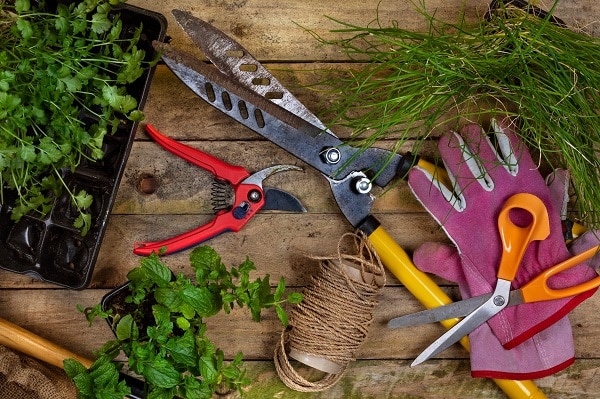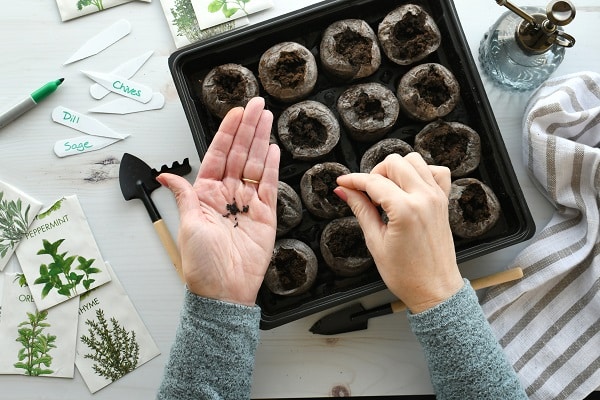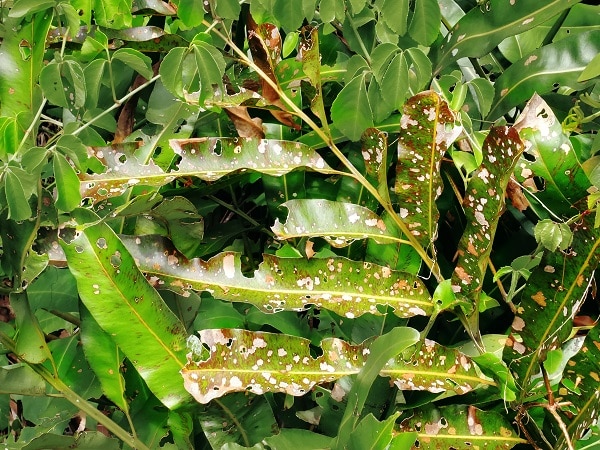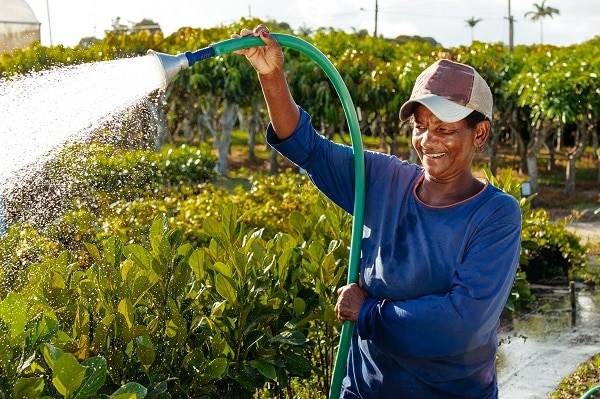The transition from the chilly winters to the warming embrace of spring brings forth a beckoning call to gardening enthusiasts. The spring garden symbolizes renewal with its vibrant hues and blossoming flora. To ensure that this transformation is spectacular, meticulous preparation is crucial. Each step, from assessing the land to planting the first seed, is pivotal in ensuring a flourishing garden. This guide walks one through a comprehensive journey to ready a garden for spring’s splendor.
Contents
Assessing Your Garden Space

Every garden has unique characteristics, whether a sprawling expanse or a cozy nook. The first step is to survey the area diligently. One should take note of sunny patches, which are ideal for sun-loving plants, and the shaded spots, perfect for plants that thrive in cooler temperatures. Equally important is determining the soil type. Whether sandy, loamy, or clayey, the soil type can influence which plants will thrive.
Beyond the physical characteristics, there’s the health of the garden to consider. Winter may leave behind patches that need repair or restructuring. There may be an old bench that needs replacing or a garden path that needs new stones. The idea is to envision the space not just as it is but as it could be with a touch of effort and imagination.
Cleaning and Clearing

Before one can plant anew, there’s the crucial step of clearing away the remnants of yesteryear. Dead plants, weeds, and other garden debris can hinder the growth of new plants. Removing these ensures that the ground is ready to support new life. Pruning is another aspect of this stage. Old growth from perennials and shrubs should be reduced to allow fresh shoots.
The act of cleaning isn’t just about removal. It’s also about renewal. Suitable garden waste, such as leaves or vegetable peels, can be composted. This practice reduces garden waste and produces nourishing compost that will enrich the soil in subsequent steps.
Soil Enrichment

A garden is only as good as its soil. One must invest in soil enrichment to give plants the best chance at a healthy life. Start by testing the soil’s pH and nutrient levels. While some plants prefer acidic soils, others thrive in alkaline conditions. Knowing where the garden soil stands on this spectrum can guide plant choices.
Organic compost and well-rotted manure are a garden’s best friends. These natural additives improve soil structure, making it more receptive to retaining moisture and nutrients. Incorporating amendments like lime or sulfur can help strike the right balance for soils that are too acidic or alkaline.
Garden Design and Planning

A touch of foresight can transform a garden from mundane to magical. One should decide on the type of garden they aim to cultivate. Is it a riotous explosion of flowers, a practical vegetable patch, or a harmonious blend of both? Once this is decided, one can delve into selecting spring-appropriate plant varieties.
But choosing the plants is just the start. Mapping out where each plant will go, considering factors like height, color coordination, and growth patterns, can make all the difference. Planning ensures that taller plants don’t overshadow shorter ones and that colors complement rather than clash. It’s a meticulous step that promises a garden where every plant finds its perfect spot.
Tool and Equipment Preparation

A craftsman is only as effective as their tools, and the same holds for gardeners. Tools, when properly cared for, can enhance the gardening experience manifold. It starts with cleaning, sharpening, and oiling garden tools. Rusty or dull tools not only hinder efficiency but can also damage plants.
Next, the spotlight shifts to the irrigation systems. Months of non-use during winter might lead to clogging or leakages. Checking for such issues before the planting season can save many plants from dehydration. Furthermore, gardeners should ensure they have the right tools for each specific task – digging, pruning, or planting.
Seed Starting Indoors

While the outdoors readies for spring, one can get a jump-start on the planting season right at home. Many plants benefit from an early start indoors, safe from the unpredictable early spring conditions. Selecting quality seeds or seedlings is the cornerstone of this step. A keen eye should be kept on expiry dates and the reputation of seed suppliers.
Seedlings demand tender care. Using the right containers, often with drainage holes and a quality soil mix, can set them on a path to robust growth. As they grow, ensuring they receive ample light and rotating them periodically ensures even growth.
Pest and Disease Prevention

Every gardener’s pride, a flourishing garden, can unfortunately also be a beacon for pests and diseases. While chemical pesticides offer a quick fix, they can harm the environment and the plants they’re meant to protect. Instead, consider integrating plants that act as natural pest deterrents. Marigolds, for instance, are known to repel certain pests.
Vigilance is the gardener’s best defense. Regular monitoring of plants can detect early signs of disease or pest infestation. Should there be a need for intervention, opting for organic or natural solutions, and encouraging the presence of beneficial insects, can keep the garden in its prime health.
Mulching and Watering

Mulch isn’t just a decorative layer; it’s a protective blanket for the soil. The benefits of mulching are multifaceted – it aids in moisture retention, suppresses weed growth, and regulates soil temperature. Depending on the garden’s needs, one might opt for organic mulches like straw or bark or inorganic ones like gravel.
Water is life, especially in the realm of gardening. Yet, it’s not just about the quantity but also the technique. Young plants require frequent but shallow watering, while established ones benefit from deep watering at longer intervals. A gardener should always be attentive to the moisture needs of their plants, adjusting routines based on weather and soil conditions.
The Bottom Line
In the intricate dance of gardening, every step, every decision, and every gesture matters. From the first assessment of the garden space to the routine maintenance, each phase plays its part in sculpting a garden feast for the senses. As the petals unfurl and the fruits ripen, they testify to the gardener’s dedication and passion. With this guide as a beacon, one can embark on the rewarding journey of spring gardening. May every reader find joy in the soil, the seedlings, and the blossoms, and may their gardens reflect their love for nature.


